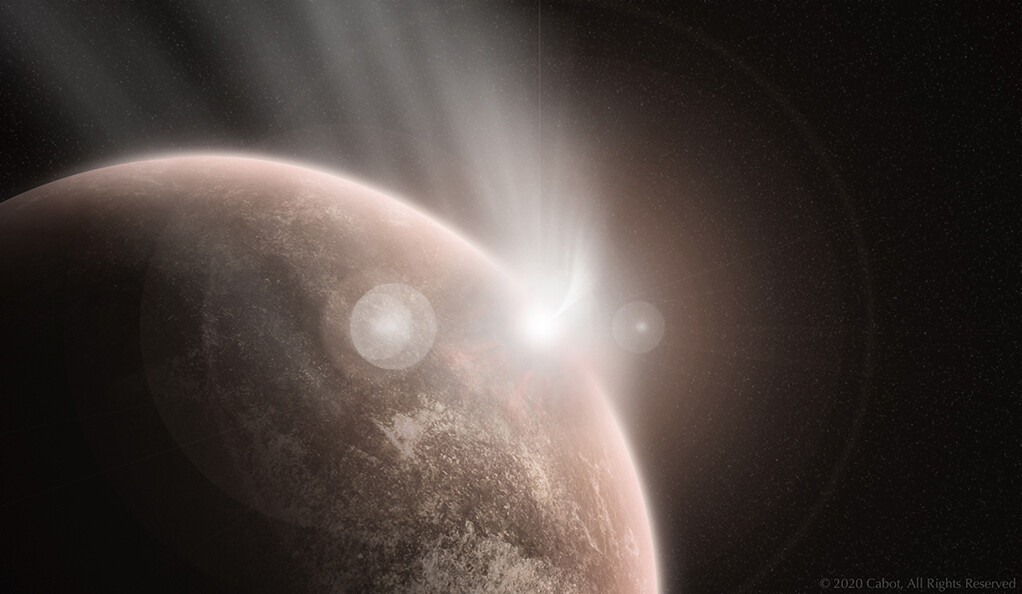A growing body of research suggests the planet Venus may have had an Earth-like environment billions of years ago, with water and a thin atmosphere. Yet testing such theories is difficult without geological samples to examine. The solution, according to Yale astronomers Samuel Cabot and Gregory Laughlin, may be closer than anyone realized.
Cabot and Laughlin say pieces of the planet — perhaps billions of them — are likely to have crashed on the Moon. A new study explaining the theory has been accepted by the Planetary Science Journal.
The researchers said asteroids and comets slamming into Venus may have dislodged as many as 10 billion rocks and sent them into an orbit that intersected with Earth and Earth’s Moon. Cabot, a Yale graduate student and lead author of the study, said:
“Some of these rocks will eventually land on the Moon as Venusian meteorites.”
Cabot said catastrophic impacts such as these only happen every hundred million years or so — and occurred more frequently billions of years ago, adding:
“The Moon offers safe keeping for these ancient rocks. Anything from Venus that landed on Earth is probably buried very deep, due to geological activity. These rocks would be much better preserved on the Moon.”
Venus may have had an Earth-like atmosphere
Many scientists believe that Venus might have had an Earth-like atmosphere as recently as 700 million years ago. After that, it experienced a runaway greenhouse effect and developed its current climate. The atmosphere is so thick today that no rocks could possibly escape after an impact with an asteroid or comet, Cabot said.

Laughlin and Cabot cited two factors supporting their theory. The first is that asteroids hitting Venus are usually going faster than those that hit Earth, launching even more material. The second is that a huge fraction of the ejected material from the planet would have come close to Earth and the Moon. Laughlin, who is a professor of astronomy and astrophysics at Yale, said:
“There is a commensurability between the orbits of Venus and Earth that provides a ready route for rocks blasted off Venus to travel to Earth’s vicinity. The Moon’s gravity then aids in sweeping up some of these Venusian arrivals.”
Upcoming missions to the Moon could give Cabot and Laughlin their answer soon. The researchers said NASA’s Artemis program is the perfect opportunity to collect and analyze unprecedented amounts of lunar soil.
Laughlin said there are several standard chemical analyses that can pinpoint the origin of Moon rocks, including any that came from Venus. Different ratios of specific elements and isotopes offer a kind of fingerprint for each planet in the solar system. Laughlin said:
“An ancient fragment of Venus would contain a wealth of information. Venus’ history is closely tied to important topics in planetary science, including the past influx of asteroids and comets, atmospheric histories of the inner planets, and the abundance of liquid water.”
Provided by: Yale University [Note: Materials may be edited for content and length.]







